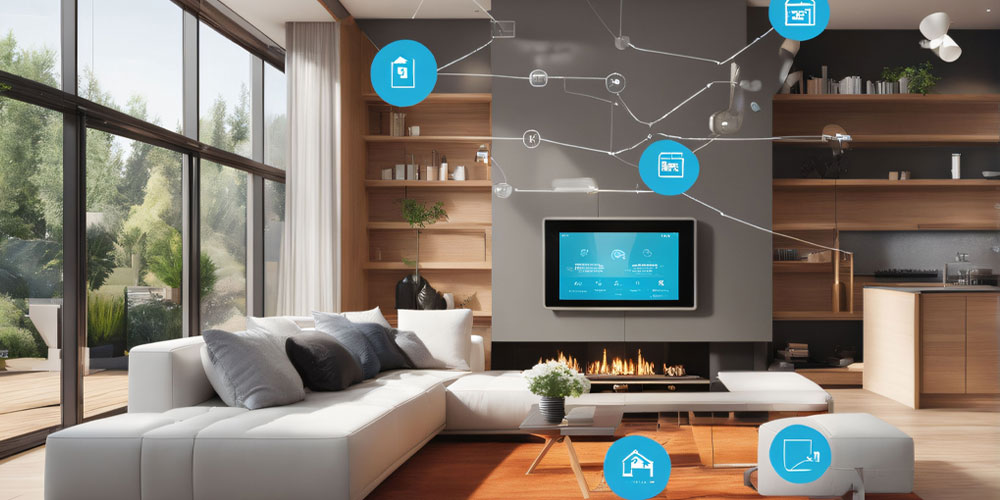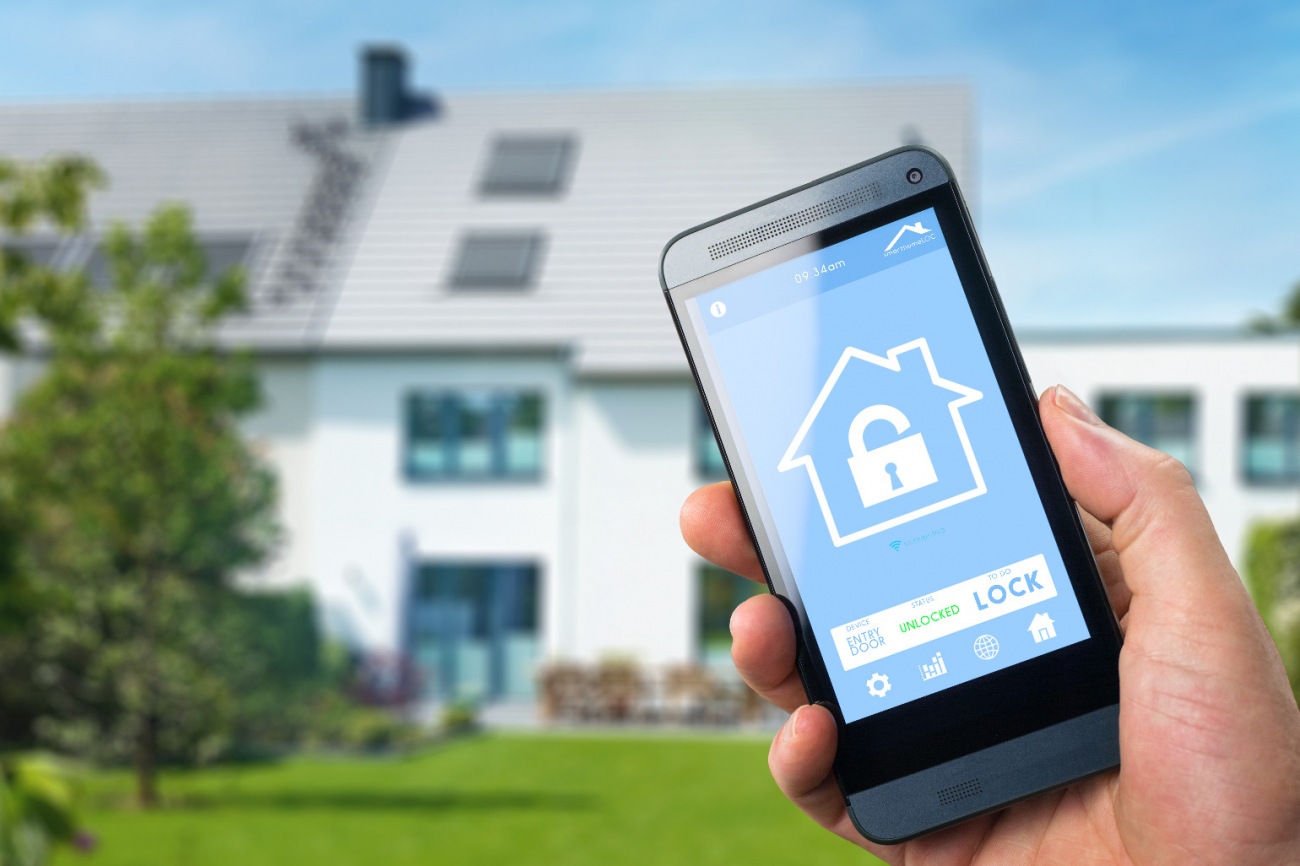In today's rapidly evolving world, the concept of a smart home is no longer a futuristic fantasy but a present-day reality. For homeowners and businesses alike, understanding how to make your home smart can lead to increased convenience, security, and energy efficiency. This guide delves into the steps and technologies you can adopt to transform your humble abode into a tech-savvy sanctuary.

Understanding Smart Home Technology
Before diving into the specifics, it's essential to grasp what a smart home entails. Essentially, it refers to a home equipped with devices that automate tasks traditionally handled by humans. This can range from adjusting the thermostat to controlling lighting and even managing security systems. For a deeper dive into smart home technology, check out this insightful article.
Starting Your Smart Home Journey
The journey to a smarter home begins with understanding your needs and budget. Are you looking to enhance security, improve energy efficiency, or simply enjoy the convenience of automation? Your goals will determine the type of devices you'll need.
1. Smart Lighting
One of the simplest ways to begin is by installing smart lighting. These lights can be controlled remotely, scheduled to turn on or off, and even change colors based on your preferences. They not only boost convenience but also contribute to energy savings.
2. Smart Thermostats
Another great addition is a smart thermostat. These devices learn your temperature preferences over time and adjust settings for optimal comfort and energy efficiency. They can be controlled via smartphone apps, allowing you to adjust the temperature even when you're not home.
3. Security Systems
Enhancing security is a top priority for many homeowners. With smart security systems, you can monitor your home in real-time through cameras, receive alerts about suspicious activities, and even lock or unlock doors remotely. For more on this, explore our article on AI security systems.
4. Smart Appliances
Consider upgrading to smart appliances like refrigerators, ovens, and washing machines. These devices offer enhanced functionality, such as energy consumption tracking and remote operation.
Integrating IoT for Seamless Connectivity
At the heart of every smart home is the Internet of Things (IoT). This technology connects various devices, allowing them to communicate and share data. By integrating IoT, you create a cohesive ecosystem where devices work in harmony to enhance your living experience. Learn more about the future of AI and smart homes.
Choosing the Right Smart Home Hub
To manage all your smart devices efficiently, investing in a smart home hub is crucial. These hubs act as a central point of control, ensuring seamless communication between devices. Popular options include Amazon Alexa, Google Home, and Apple HomeKit.
Installation and Setup: Getting Started
Setting up a smart home may seem daunting, but with the right guidance, it becomes manageable. Begin by choosing devices compatible with your chosen hub. Follow manufacturer instructions for installation and configuration. For more detailed instructions, check out this smart home installation guide.
Maintaining Your Smart Home
Once your smart home is up and running, regular maintenance is key to ensuring everything functions smoothly. This includes updating software, replacing batteries, and periodically checking device connectivity.
Overcoming Common Challenges
While the benefits of a smart home are plentiful, challenges such as device compatibility, security concerns, and technical glitches may arise. Staying informed and seeking professional advice can help mitigate these issues.
Conclusion
Transforming your home into a smart haven is a rewarding endeavor that offers convenience, security, and efficiency. By understanding how to make your home smart and following the steps outlined in this guide, you can enjoy the myriad benefits of modern technology. For beginners, our smart home for beginners article is a great starting point.

FAQ
What is the first step in making my home smart?
Start by identifying your needs and budget, then choose smart devices that align with your goals, such as smart lighting or thermostats.
Are smart homes secure?
While smart homes offer enhanced security features, it's essential to implement strong passwords, regularly update software, and use reputable devices to ensure maximum security.
Can I install smart home devices myself?
Many smart home devices are designed for easy installation, but for complex systems, consulting a professional may be beneficial.

